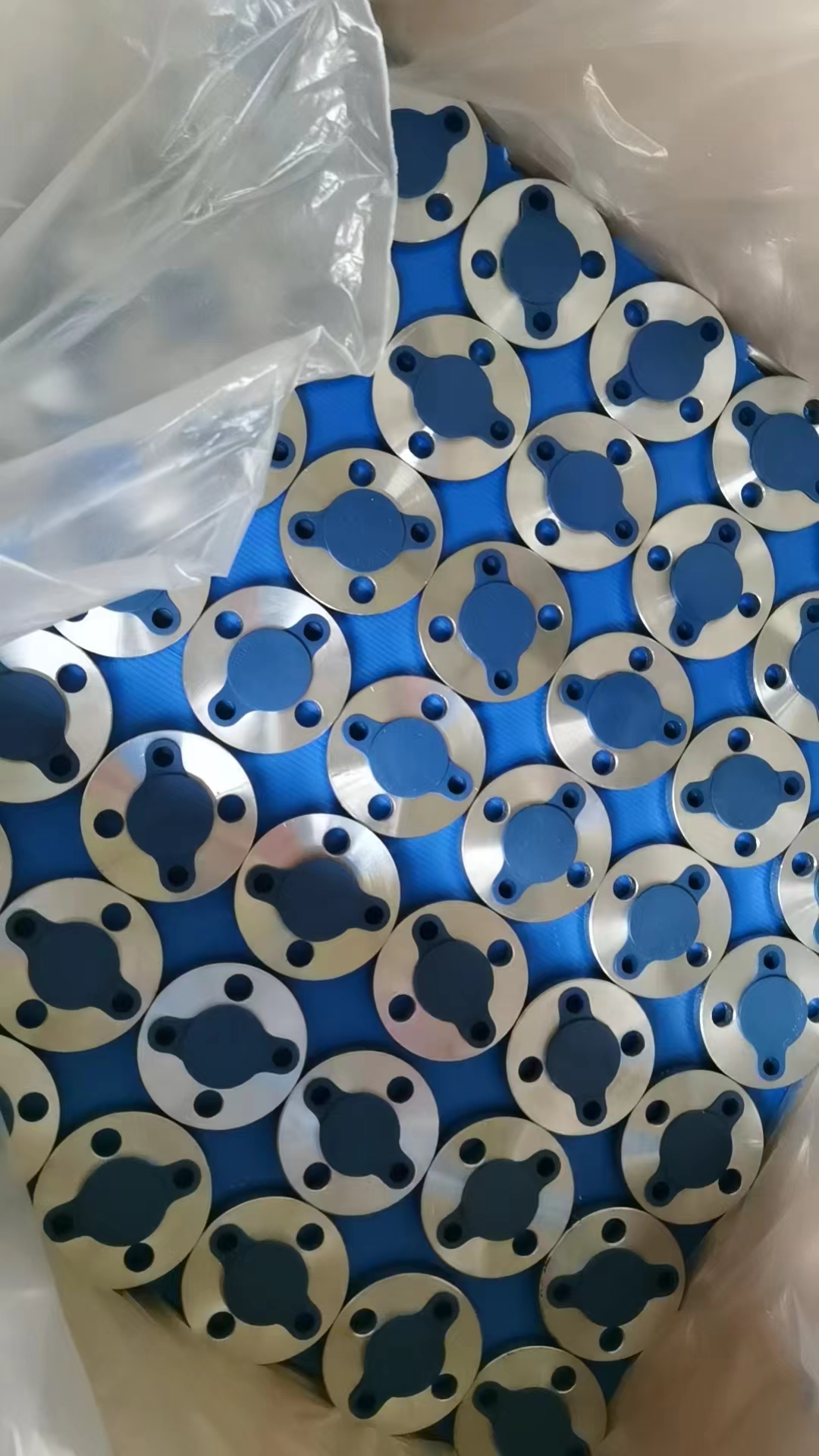-
Cangzhou Yulong Steel Co., Ltd.
-
Phone:
+86 13303177267 -
Email:
admin@ylsteelfittings.com
- English
- Arabic
- Italian
- Spanish
- Portuguese
- German
- kazakh
- Persian
- Greek
- French
- Russian
- Polish
- Thai
- Indonesian
- Vietnamese
- Zulu
- Korean
- Uzbek
- Hindi
- Serbian
- Malay
- Ukrainian
- Gujarati
- Haitian Creole
- hausa
- hawaiian
- Hebrew
- Miao
- Hungarian
- Icelandic
- igbo
- irish
- Japanese
- Javanese
- Kannada
- Khmer
- Rwandese
- Afrikaans
- Albanian
- Amharic
- Armenian
- Azerbaijani
- Basque
- Belarusian
- Bengali
- Bosnian
- Bulgarian
- Catalan
- Cebuano
- China
- China (Taiwan)
- Corsican
- Croatian
- Czech
- Danish
- Esperanto
- Estonian
- Finnish
- Frisian
- Galician
- Georgian
- Kurdish
- Kyrgyz
- Lao
- Latin
- Latvian
- Lithuanian
- Luxembourgish
- Macedonian
- Malgashi
- Malayalam
- Maltese
- Maori
- Marathi
- Mongolian
- Myanmar
- Nepali
- Norwegian
- Norwegian
- Occitan
- Pashto
- Dutch
- Punjabi
- Romanian
- Samoan
- Scottish Gaelic
- Sesotho
- Shona
- Sindhi
- Sinhala
- Slovak
- Slovenian
- Somali
- Sundanese
- Swahili
- Swedish
- Tagalog
- Tajik
- Tamil
- Tatar
- Telugu
- Turkish
- Turkmen
- Urdu
- Uighur
- Welsh
- Bantu
- Yiddish
- Yoruba

Oct . 02, 2024 05:09 Back to list
Understanding the Functionality of Concentric Reducer Pipes in Piping Systems
Concentric Reducer Pipe A Key Component in Piping Systems
In industrial piping systems, the selection of appropriate fittings is crucial for ensuring efficiency and reliability. One of the essential components used in these systems is the concentric reducer pipe. This specific type of reducer plays a vital role in managing the flow of fluids and gases, allowing for smooth transitions between different pipe diameters.
A concentric reducer pipe is designed to connect two pipes of different diameters, ensuring that the central axis of both pipes remains aligned. This design contrasts with eccentric reducers, where the axes are offset. The concentric design is particularly beneficial in applications where space is limited and the installation requires a standard orientation. It is commonly utilized in a variety of industries, including oil and gas, water treatment, chemical processing, and HVAC systems.
One of the primary functions of a concentric reducer is to facilitate the gradual change in pipe size. By allowing a smooth transition from a larger pipe to a smaller one, it helps to minimize turbulence and pressure loss within the system. This is critical, as abrupt changes in diameter can cause inefficiencies and can lead to increased wear and tear on the piping system over time. The design of the concentric reducer enables a more controlled and steady flow of fluids, which can enhance the overall performance of the system.
concentric reducer pipe

Furthermore, concentric reducers are available in various materials, including stainless steel, carbon steel, and PVC, allowing for versatile use in different environments and applications. The choice of material often depends on the specific requirements of the system, such as pressure ratings, temperature stability, and resistance to corrosion. Manufacturers also produce concentric reducers in a range of sizes, ensuring that they can accommodate the unique needs of any project.
Installation of a concentric reducer pipe is generally straightforward; however, proper alignment during installation is essential to avoid any future operational issues. Maintenance is also critical, as regular inspections help ensure that any wear or damage is addressed promptly. This proactive approach can extend the lifespan of the piping system and reduce the likelihood of costly downtime.
In conclusion, the concentric reducer pipe is a fundamental component in piping systems, offering a reliable and efficient solution for connecting pipes of varying diameters. Its design minimizes flow disruption, enhances performance, and contributes to the longevity of the piping infrastructure. Whether in industrial or commercial applications, understanding the importance of concentric reducers can provide significant advantages in the management of fluid and gas transfer systems. As industries continue to evolve, the role of these fittings remains indispensable in achieving optimal operational efficiency.
Latest news
-
ANSI 150P SS304 SO FLANGE
NewsFeb.14,2025
-
ASTM A333GR6 STEEL PIPE
NewsJan.20,2025
-
ANSI B16.5 WELDING NECK FLANGE
NewsJan.15,2026
-
ANSI B16.5 SLIP-ON FLANGE
NewsApr.19,2024
-
SABS 1123 FLANGE
NewsJan.15,2025
-
DIN86044 PLATE FLANGE
NewsApr.19,2024
-
DIN2527 BLIND FLANGE
NewsApr.12,2024
-
JIS B2311 Butt-Welding Fittings LR/SR 45°/90° /180°Seamless/Weld
NewsApr.23,2024











